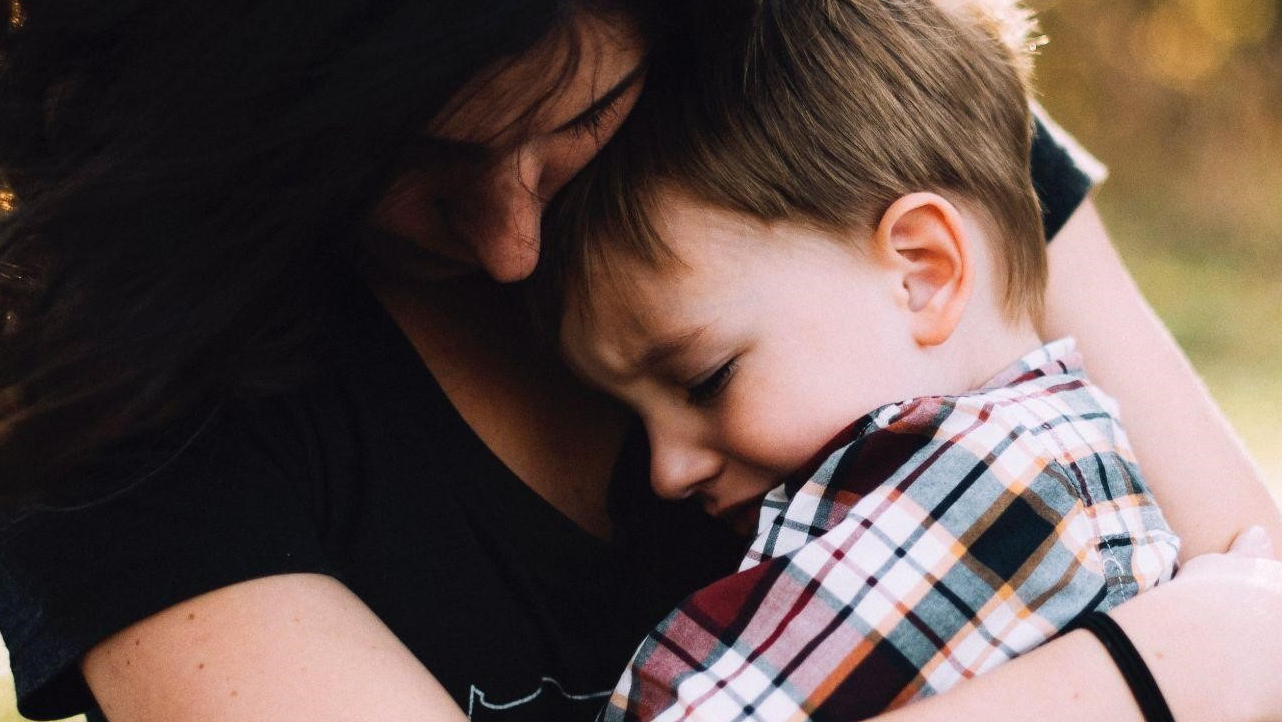COVID-19 Blog Series: Strategies for Approaching Separation Anxiety
- Written by: Nicolle Mah & Samira Ali

“Things will be back to normal soon” is a loaded phrase.
On one hand, many individuals are looking forward to returning to the life they knew before the pandemic. However, others know that there will be challenges in the transitions. Returning to normalcy in the upcoming months may mean that some children will be going to child care for the first time in nearly two years and separating from their parents.
One concern is separation anxiety. Separation anxiety for young children is a reluctance to leave a trusted caregiver, usually a parent.1 Typically, the child’s emotions are expressed through crying, whining, tantrums, or physically holding onto the parent in an attempt to prevent them from leaving. Experts predict that there may be an increase in separation anxiety in children, and perhaps parents experiencing it as well. Some parents may experience worry, sadness, or even guilt when leaving their children. Due to families spending long periods of isolated time at home during the pandemic, making the transition to spending time apart more challenging.
Evidence-Based Strategies to Support Children’s Return to Child Care2
Strategies for Families
- Coordinate a visit to the classroom with teachers
One of the main reasons children push back is that they are going to an unfamiliar environment with new people. Helping them adjust to the classroom setting may include a tour, in person or virtual, and an introduction to their teachers. Communicate strategies so everyone is on the same page. Even bringing them to the school grounds to explore and play may help alleviate some stress
- Create a routine
Children catch on to routine fairly quickly. As educators, it can be beneficial to encourage parents to create and maintain routines to ease anxieties. Children understand the basics of routine; after they wake up, they go to the bathroom, have breakfast, go to the car to go to preschool, etc. As they build routine, there can be less pushback. If a child knows that once they get to the classroom, they can play with a specific friend or read a certain book, it can help make the drop-off smoother. Sometimes, it’s the finer details that need to be consistent. Some children will only cry if one caregiver drops them off but will be completely fine if a different caregiver does drop off.
- Watch for children’s verbal and non-verbal cues
Communication is essential. Ask families about any upcoming changes to their routines and encourage families to discuss changes together. If they struggle to verbalize their feelings, let them express themselves in another way, such as drawing a picture about their thoughts and feelings.
Strategies for Educators
- Find a child's interest
Classrooms are equipped with several items that can serve as a distraction. Communicating with the families can help identify objects of interest that can help the child feel more at ease and create a less stressful environment. For example, if a centre has a fish tank, upset children may find enjoyment watching the fish swim or follow them with their fingers. Or a child may easily be calmed with a book or toy that matches their interests.
- Be calm and reinforce positive behaviours
Both families and educators can model a positive and calm demeanor that can encourage children to express calmness and comfort.
As the world slowly returns to normal, be patient with families as they implement strategies and adjust to a “new normal”.
Parent resources
Educator resources
References
- Pelaez, Martha, and Gary Novak. “Returning to School: Separation Problems and Anxiety in the Age of Pandemics.” Behavior Analysis in Practice, U.S. National Library of Medicine, 13 Sept. 2020, www.ncbi.nlm.nih.gov/pmc/articles/PMC7362323/.
- Pelaez, Martha, and Gary Novak. “Returning to School: Separation Problems and Anxiety in the Age of Pandemics.” Behavior Analysis in Practice, U.S. National Library of Medicine, 13 Sept. 2020, www.ncbi.nlm.nih.gov/pmc/articles/PMC7362323/.